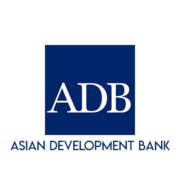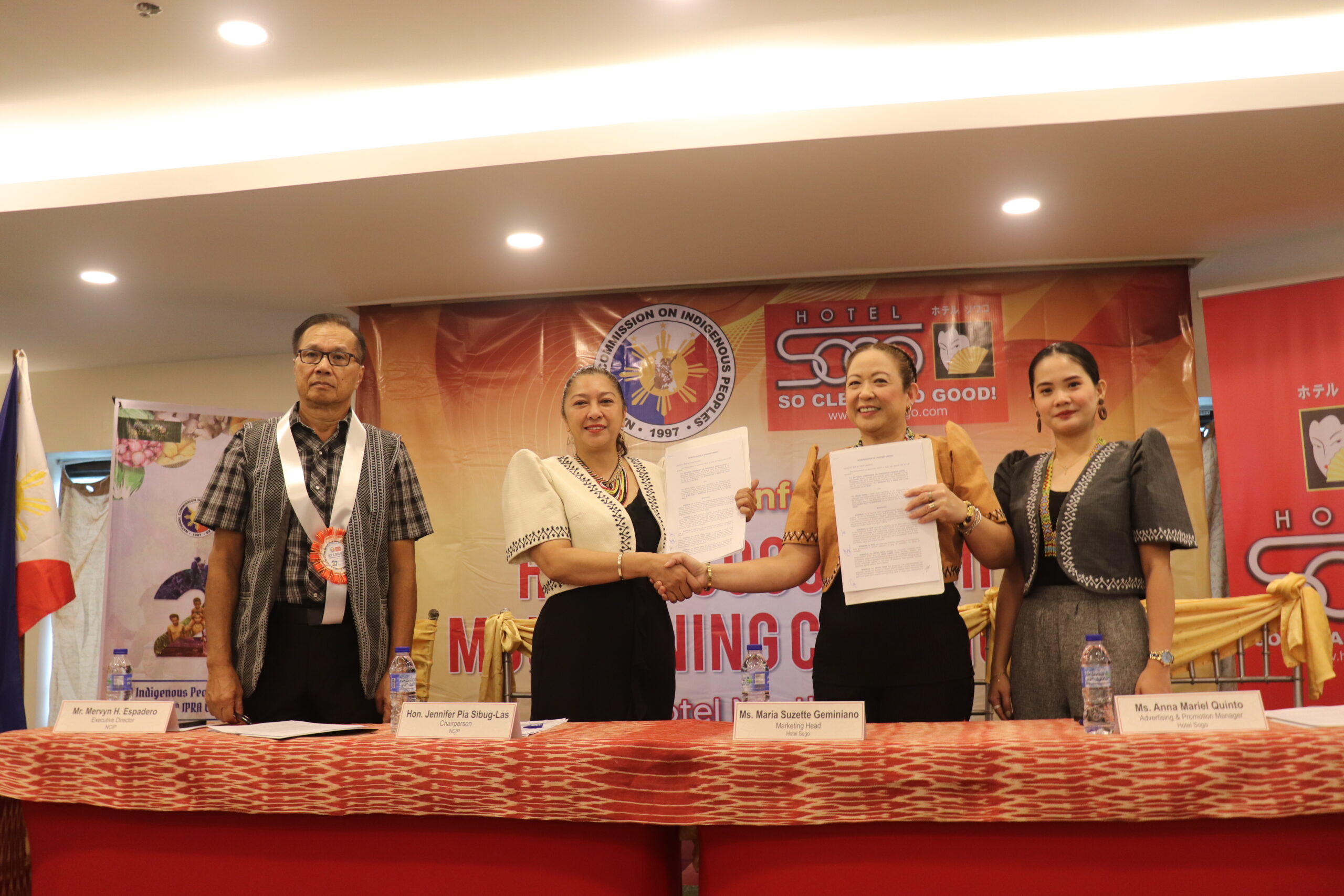MANILA, PHILIPPINES (20 September 2018) — The Asian Development Bank’s (ADB) Board of Directors has approved a new 6-year country partnership strategy (CPS) that lays out ADB’s support to the Philippine government in achieving its goal of attaining sustained high and inclusive economic growth.
Under the new strategy, ADB’s programs and projects in the Philippines will focus on three priority areas: accelerating infrastructure and long-term investments, promoting local economic development in Mindanao and Visayas, and investing in people.
“Our country partnership strategy aims to improve the standard of living of Filipinos, particularly the poorest half of the population, and allow them to feel the benefits of a growing economy through better education, jobs, and income opportunities. Our operations are leveraging resources to support the government’s transformative social and economic agenda,” said ADB Vice-President Mr. Stephen Groff.
Under the new strategy, ADB expects to lend an estimated $7.8 billion, or nearly $2 billion annually, from 2018 to 2021, the highest for any 4-year period. The annual average also doubles the current estimated yearly lending pipeline. ADB will be actively pursuing cofinancing arrangements with development partners to better assist the government attain its goal of lowering poverty to 14% of the population by 2022.
To sustain the country’s high growth rate, investments in climate-resilient infrastructure to significantly improve links between regions, communities, and people need to be increased. ADB will rebalance its financing assistance to support the Philippine government’s massive “Build, Build, Build” infrastructure development program to address connectivity issues, allowing the country to catch up with its regional peers in infrastructure competitiveness and achieve its goal of reaching upper middle-income status by 2022.
Reflecting the rebalanced lending pipeline, transport will make up 47% of ADB’s Philippine operations from 2018 to 2021, up from 2.2% in the last seven years.
Projects include big-ticket items such as the Malolos-Clark Railway, North-South Commuter Rail, Metro Manila Bridges, Bataan-Cavite Long-Span Bridge, and EDSA Greenways projects. ADB will also support capital market development, private sector participation, and innovations such as green finance solutions to create more options for long-term infrastructure finance.
ADB will put greater focus on local economic development, especially in Visayas and Mindanao, to address wide income disparities across regions and mitigate the impact of natural disasters. It will assist local governments in policy reforms, capacity development, building livable cities, and disaster risk management and in tapping private capital for their infrastructure needs.
Investing in the poor is necessary to address income inequalities. ADB will support policies and programs that seek to strengthen people’s capacities to gain better jobs and participate fully in society. These include increasing access to quality secondary education, jobs market for the youth and unemployed, financial services, social protection, and finding innovative ways to deliver social services.
ADB’s new partnership strategy incorporates gender equality, private sector development, governance, and environmental sustainability across the three priority areas mentioned earlier. The strategy is aligned with the government’s long-term development plan AmBisyon Natin (Our Ambition) 2040, the medium-term Philippine Development Plan. It is the first partnership strategy to be developed in line with ADB’s Strategy 2030 approved in July.
ADB is committed to achieving a prosperous, inclusive, resilient, and sustainable Asia and the Pacific, while sustaining its efforts to eradicate extreme poverty. Established in 1966, it is owned by 67 members—48 from the region. In 2017, ADB operations totaled $32.2 billion, including $11.9 billion in cofinancing.
–
This article was first published by the Asian Development Bank (www.adb.org).




